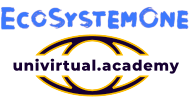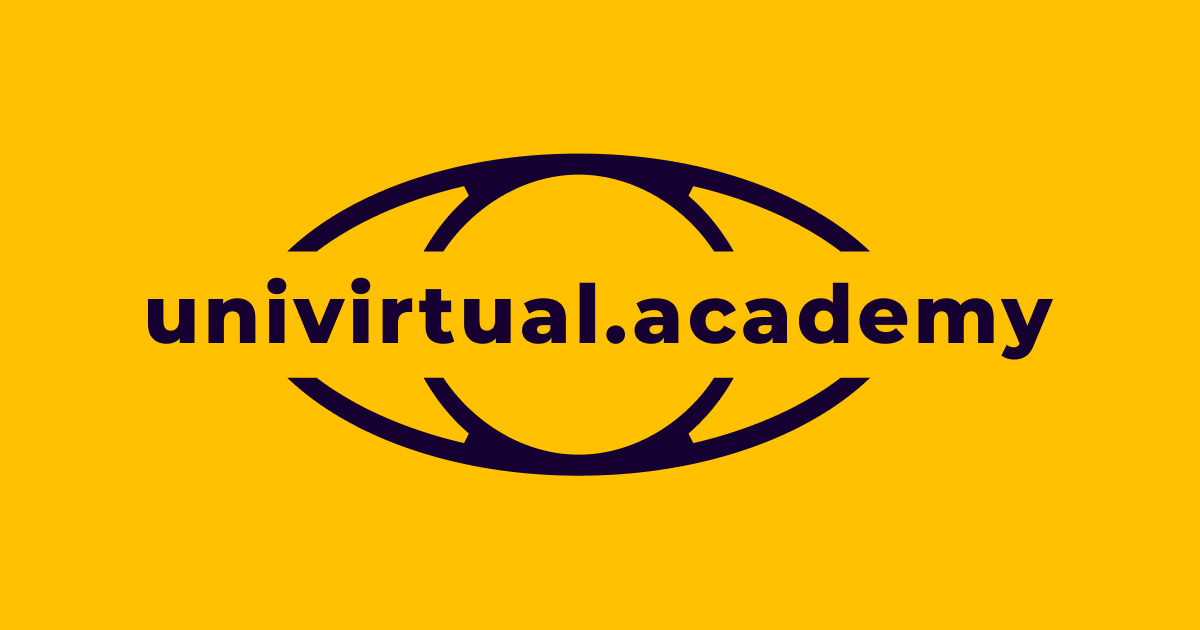WHY VR LEARNING
When compared with traditional “flat” online education via Zoom or the likes, there are several important areas where immersive (Virtual Reality) education outperforms.
First of all, Virtual Reality (VR) gives a real sense of presence and students in live VR are able to establish better socio-emotional connections with their classmates and teachers than if they only had a flat online experience. For this reason, live group classes that leverage immersive technologies are better able to make use of collaborative group projects and teach students critical communication and collaboration skills.
Second, VR not only increases presence, focus and concentration (which in turn leads to increased material retention), it also increases student motivation and engagement. Students are excited to do it, much more than sitting in another zoom class or reading a textbook.
Third, VR has been named the “ultimate empathy machine” since it allows users to experience any situation first hand. Students can embody different characters which makes it easier to present or debate different points of view.
Forth, in VR students can safely experience and test anything that otherwise could represent a challenge or a hazard. Visiting both micro (inside of a living organism) and macro (space) words, travelling to the bottom of the ocean or in time offer tremendous opportunities in studying not only STEAM but also humanities.
First of all, Virtual Reality (VR) gives a real sense of presence and students in live VR are able to establish better socio-emotional connections with their classmates and teachers than if they only had a flat online experience. For this reason, live group classes that leverage immersive technologies are better able to make use of collaborative group projects and teach students critical communication and collaboration skills.
Second, VR not only increases presence, focus and concentration (which in turn leads to increased material retention), it also increases student motivation and engagement. Students are excited to do it, much more than sitting in another zoom class or reading a textbook.
Third, VR has been named the “ultimate empathy machine” since it allows users to experience any situation first hand. Students can embody different characters which makes it easier to present or debate different points of view.
Forth, in VR students can safely experience and test anything that otherwise could represent a challenge or a hazard. Visiting both micro (inside of a living organism) and macro (space) words, travelling to the bottom of the ocean or in time offer tremendous opportunities in studying not only STEAM but also humanities.
OUR METHODOLOGY
UniVirtual Academy uses The Summit Learning Cognitive Skills Rubric, developed by SCALE, which serves as an instructional and assessment tool. The skills addressed in the rubric are aligned to the CCSS, NGSS, and C3 SS Framework, which allows students to build proficiency in multiple subject areas. This Cognitive Skills Rubric is used across grade levels, giving students plenty of opportunities to develop and advance these skills over time. The Rubric is divided into seven skills domains:
- Textual Analysis
- Using Sources
- Inquiry
- Analysis and Synthesis
- Composing/Writing
- Listening and Speaking
- Products and Presentation

ANATOMY OF A LESSON
Each lesson follows a similar structure that maximizes student engagement in the 4C’s and the subject matter. Students collaborate to create reality-based stories/simulations with the goal of demonstrating these concepts in a way that could be used to teach others (higher order of thinking).
1. Engage. This short introduction to the lesson sparks student’s thinking by activating prior knowledge, reviewing material from past lessons, or engaging in a skill that will be highlighted in the lesson.
1. Engage. This short introduction to the lesson sparks student’s thinking by activating prior knowledge, reviewing material from past lessons, or engaging in a skill that will be highlighted in the lesson.
- Brainstorm ideas
- Challenge each other

2. Video/3D presentation. Students watch a short animated video/ 3D simulation that explains the topic of the day’s lesson. The concepts and subject matter increase in complexity as students move through the module.
- Transactions in an economy
- Mutations in DNA

3. VR Create Activity. In groups of 2-3, students use best collaboration practices and their creativity to develop a story/simulation to demonstrate their comprehension of the subject matter of the day. They learn from peer viewpoints and are guided by skillful instructors. Then, they use the VR maker tools to record/perform their story, including choosing their setting, characters, dialogue, and more. Students can conduct additional research to enrich their story, add multiple choice questions as checkpoints, and use their creativity to produce an engaging and informative presentation.

4. VR Presentation. Each group presents their VR story to the other group and receives feedback from their peers.

5. Reflection. Students reflect on the lesson by describing what they learned, what they did well, and what they would do differently next time.
6. Each quarter selected groups demonstrate their projects to industry leaders.
6. Each quarter selected groups demonstrate their projects to industry leaders.





